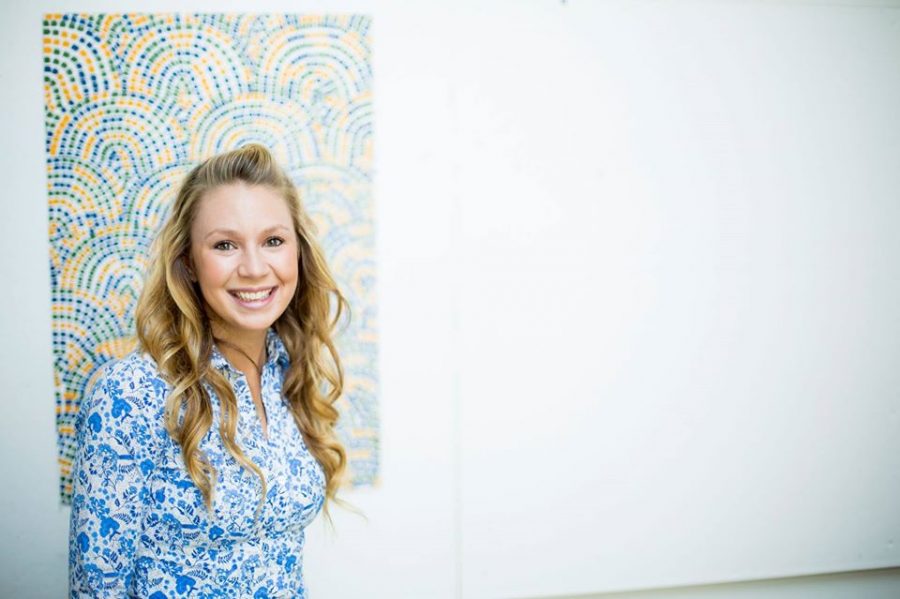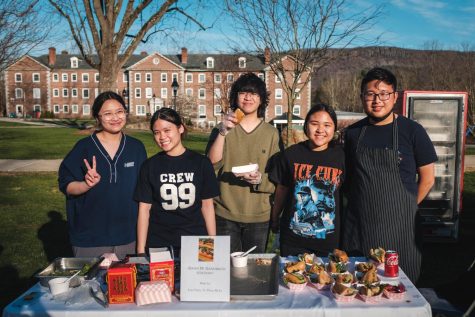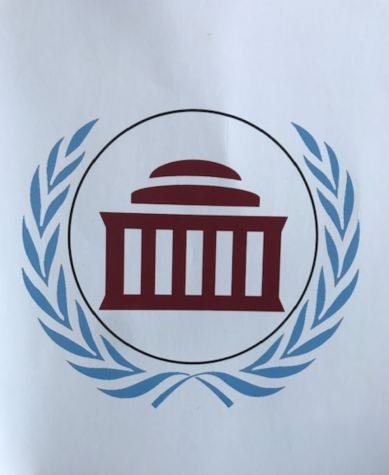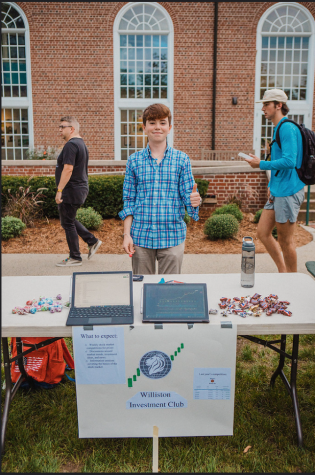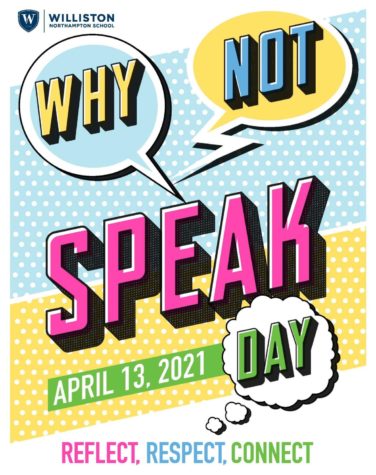Ms. Malinowski Receives Distinguished Award, Co-Authors Book
In early January, Allison Malinowski, who teaches geography and civics at Williston’s middle school, received a distinguished award. Collaborating with her partners, Malinowski completed a research project — Designing Digital Media for Teaching & Learning open online course — during her second year of a Ph.D program at UMass, Amherest. The project was selected as a 2nd place winner of the Crystal Award by the Division of Distance Learning for AECT (Association for Educational Communications & Technology).
Malinowski also co-wrote a book on the same topic, exploring the possibilities of technology in classroom. The book, titled Wiki Works: Teaching Web Research and Digital Literary in History and Humanities Classrooms, was published in November, 2017 and is now available.
“The book was all about using Web research and technology in history and humanities classrooms,” said Malinowski. “And the book’s intended audience are teachers teaching history and humanities, especially those trying to use digital media and pull away from traditional textbooks and single-story narratives.”
The other author of the book is Malinowski’s undergraduate advisor, Robert Maloy, from when she was a history and education minor at UMass.
Her award-winning project was built around an open online course, a Mooc, “which is a massive open online classroom,” said Malinowski. “Essentially, it’s an open online class that everyone can take, and we decided to do it about using digital media in classrooms, which could be from a photograph to animation, videos, or interactive activities.”
Malinowski’s group decided on this topic because they felt like technology in classroom was becoming a trend in the 21st century, and would benefit students in many ways. “The course was all about introducing what digital media meant, what principles there were to use it in classrooms, and why it was important to have a balance.”
“In a really long class, especially with students who just need visual cues, incorporating digital media into classrooms makes the lesson relevant to the kids,” Malinowski added. “And teenagers are generally so excessively exposed to digital media that we felt we should also make it available to teachers.”
In the long — or short — run, Malinowski said, “We want to make digital media empowering, not scary.”
In total, there were 12 members in the research group; everyone had roles they were not familiar with, which enabled them to grow. Malinowski’s job was to manage the marketing and social media aspect of the project. She was also a mentor for those who created the rubrics and assignments.
The online class ran during a 13-week period, starting with a four-week course. Malinowski’s group designed the online class in September and October, so people could take it in November and December.
“12 of us took turns to give feedback; each week, we would sign up according to our schedules,” she explained. “For example, I usually posted feedbacks on Sundays and Thursdays from 2:00 to 5:00 p.m. We rotated among 12 of us, so that way, all participants were getting feedback on their stuff.”
Malinowski enjoys that the class she and her team created is “open and free, so people in it really want to learn. When people are learning something by choice, they are just a little bit more excited than when they are forced to do something. It was interesting to see how people from all around the world took our idea of using technology in classrooms and brought it to life.”
She emphasized that their goal was to guide teachers to create a more creative and robust curriculum.
Malinowski felt that the technology aspect of Williston had grown rapidly in the past years. “At first, I wasn’t quiet sold on it. But now I think we really have time to explore use the [Microsoft] Surfaces. You can do so many amazing things on it that are collaborative, innovative, and give the kids the opportunities to be creative.”
“I love that we can all use a way to express our knowledge, but also that we are not stuck in a box that everyone has to do the same thing, which makes my job more exciting. I think I now allow my students a kind of flexibility that will not be possible without technology,” she said.
The head of the Technology Department, Mr. Andrew Shelffo, shared more about Surfaces and technology at Williston in general. “At that time when we were deciding what devices to get for our students, the debate was between iPads and Windows devices,” he said. “We decided on the Windows devices.”
Williston’s Technology Department is always looking for improvements and working on providing the best technology possible for the community, sometimes even without the students’ awareness. “We are always looking at what we can do better,” said Shelffo. “One thing you may not notice is that we are running Windows 10 on all students’ surfaces; that is the latest operation system that Microsoft has out there. We always want to run the latest versions of all the programs.”
“We look at what is coming next, and what is the next big thing we want to do. We always talk to our teachers, students, and our peer schools. We also go to conferences,” Shelffo said. “Tech always wants to keep track of the latest and best technology out there to provide for Williston.”
Shirley Zhou is a four-year senior at Williston. She is from Changshu, China. She enjoys listening to music, playing the guitar, and creative writing (preferably...



